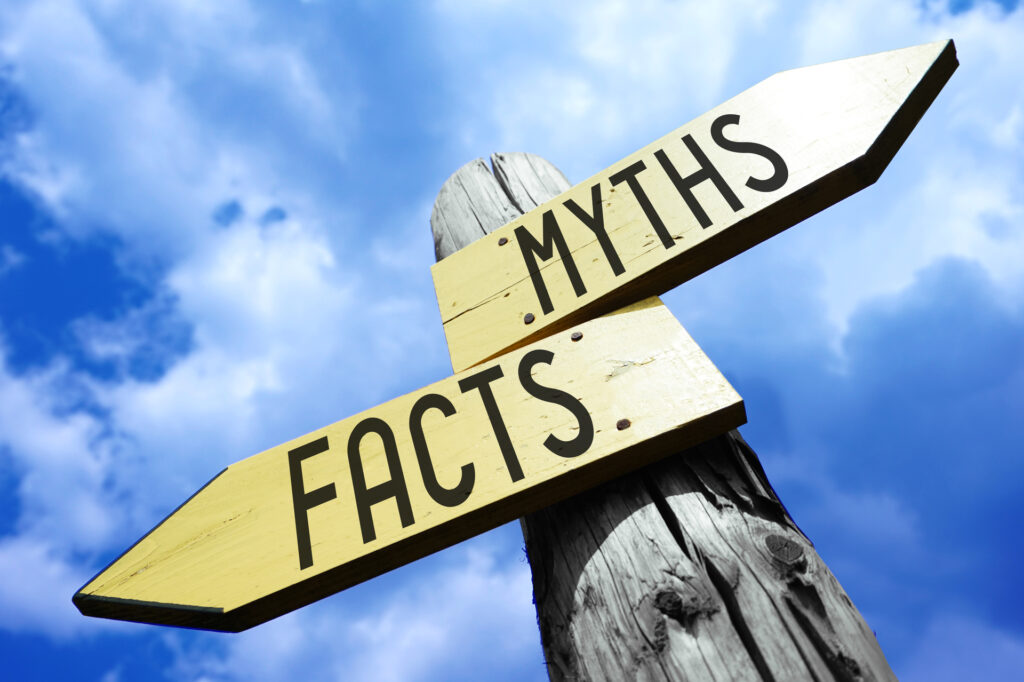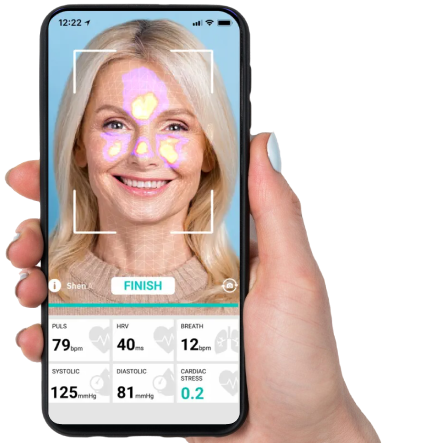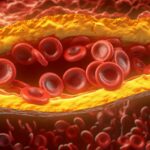There are many myths about high blood pressure. We chose the most common ones and debunked them:
Myth 1: High blood pressure always causes symptoms
46% of U.S. adults with hypertension show no symptoms. This makes hypertension a “silent killer,” often going unnoticed until serious complications arise. Regular screenings are essential for early detection.
Myth 2: I feel fine, so my blood pressure must be normal
1 in 3 people with hypertension is unaware of their condition. Lack of symptoms can be misleading, leading to untreated high blood pressure. Routine monitoring ensures early intervention.
Myth 3: Only elderly people develop high blood pressure
7.5% of U.S. adults aged 18-39 have hypertension. Poor diet, stress, and lifestyle habits can contribute to early onset. Young adults should regularly monitor their blood pressure.
Myth 4: I can stop my medication if my blood pressure is normal
80% risk of rebound hypertension without tapering medication. Sudden discontinuation can cause dangerous spikes. Always consult a doctor before making changes.
Myth 5: Drinking red wine is good for the heart
Fact: 100 ml of red wine lowers blood pressure for 2-3 hours. However, 200 ml raises systolic pressure by 2-4 mmHg. Moderation is key, and excessive consumption may harm cardiovascular health.
Myth 6: Hypertension runs in my family, so there’s nothing I can do
30-60% of hypertension cases have genetic links, but lifestyle factors reduce risks by up to 50%. Regular exercise, low-sodium diets, and stress management play critical roles in prevention.
Myth 7: Caffeine causes long-term high blood pressure
3-5 cups of coffee daily raise systolic pressure by only 1-2 mmHg long-term. Temporary spikes may occur, but no significant long-term risk exists for most people. Individual sensitivity varies.
Myth 8: I don’t add salt, so my sodium intake is low
70% of sodium intake comes from processed and restaurant foods. Hidden sodium sources include bread, sauces, and snacks. Always check food labels for sodium content.
Myth 9: Sea salt is healthier than table salt
Sea salt and table salt both contain 2,300 mg of sodium per teaspoon. Sea salt may have trace minerals, but the sodium impact is the same. Hypertensive patients should limit all salt.
Myth 10: Instead of table salt, I can use sea salt, Himalayan salt, pink salt, kosher salt, black salt, Celtic salt, red salt, flake salt, smoked salt, rock salt, grey salt, Persian blue salt, pickling salt, fleur de sel, garlic salt, Epsom salt, Hawaiian alaea salt, truffle salt, bamboo salt, iodized salt, Kala Namak (Indian black salt), Maldon salt, Korean bamboo salt, Bolivian rose salt, Dead Sea salt, Danish Viking smoked salt, Himalayan black salt, Sicilian sea salt, Japanese sea salt, Icelandic sea salt, Salish smoked salt, Andalusian sea salt, Portuguese sea salt, Pink Murray River salt, Cyprus black lava salt, fleur de sel de Guérande, baja gold
All salts contain sodium chloride. Levels range from 36% to 100% sodium chloride. Excessive consumption of any type of salt increases blood pressure risks.






